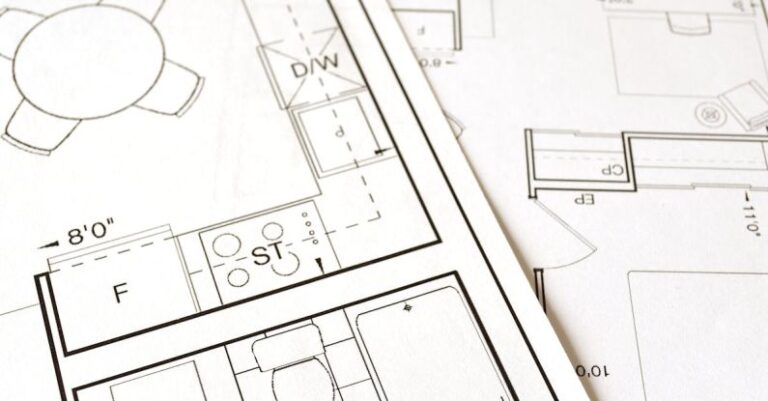
Racing is a high-speed, adrenaline-fueled sport that requires precision, skill, and quick reflexes. One of the most crucial aspects of racing is braking. Proper braking techniques can make all the difference between winning and losing a race. In this article, we will explore the best braking techniques for racers to help them improve their performance on the track.
Understanding Braking Zones
Before diving into braking techniques, it is essential for racers to understand braking zones. A braking zone is the portion of the track where a driver needs to slow down before entering a corner. Identifying the optimal braking points on a track can significantly improve lap times and overall performance. By being aware of braking zones and adjusting their approach accordingly, racers can gain a competitive edge on the track.
Trail Braking
Trail braking is a technique that involves gradually releasing the brakes as the car enters a corner. This technique allows racers to carry more speed through the corner while maintaining control of the vehicle. By trail braking, racers can shift the car’s weight to the front wheels, improving grip and stability. This technique requires precision and practice but can result in faster lap times and smoother corner exits.
Threshold Braking
Threshold braking is a technique that involves applying the brakes at the maximum possible force without locking up the wheels. By braking at the threshold of grip, racers can slow down the car quickly while maintaining control. This technique is crucial for entering corners at the optimal speed and setting up for a fast exit. Mastering threshold braking requires practice and a good understanding of the car’s braking capabilities.
Cadence Braking
Cadence braking is a technique that involves pulsating the brakes to prevent wheel lock-up on slippery surfaces. This technique is particularly useful in wet or icy conditions where traction is limited. By modulating the brakes in a rhythmic pattern, racers can maintain control of the vehicle and avoid skidding. Cadence braking requires finesse and sensitivity to the car’s feedback but can be a lifesaver in challenging driving conditions.
Heel-and-Toe Downshifting
Heel-and-toe downshifting is a technique that involves using the right foot to operate the brake and accelerator pedals simultaneously while downshifting with the left foot. This technique is commonly used in racing to match engine speed with wheel speed during deceleration. By blipping the throttle while downshifting, racers can maintain stability and control of the car while entering corners. Heel-and-toe downshifting requires coordination and practice but can improve overall performance on the track.
Using Brake Bias
Brake bias refers to the distribution of braking force between the front and rear wheels of a car. Adjusting brake bias can help racers optimize braking performance and balance the car’s handling characteristics. By fine-tuning the brake bias, racers can improve cornering stability, reduce understeer or oversteer, and maximize braking efficiency. Experimenting with brake bias settings during practice sessions can help racers find the optimal setup for their driving style and the track conditions.
Incorporating these braking techniques into their racing repertoire can help racers improve their performance on the track and achieve better results in competition. By mastering the art of braking, racers can enhance their driving skills, minimize lap times, and ultimately, stand out as champions on the racecourse.





